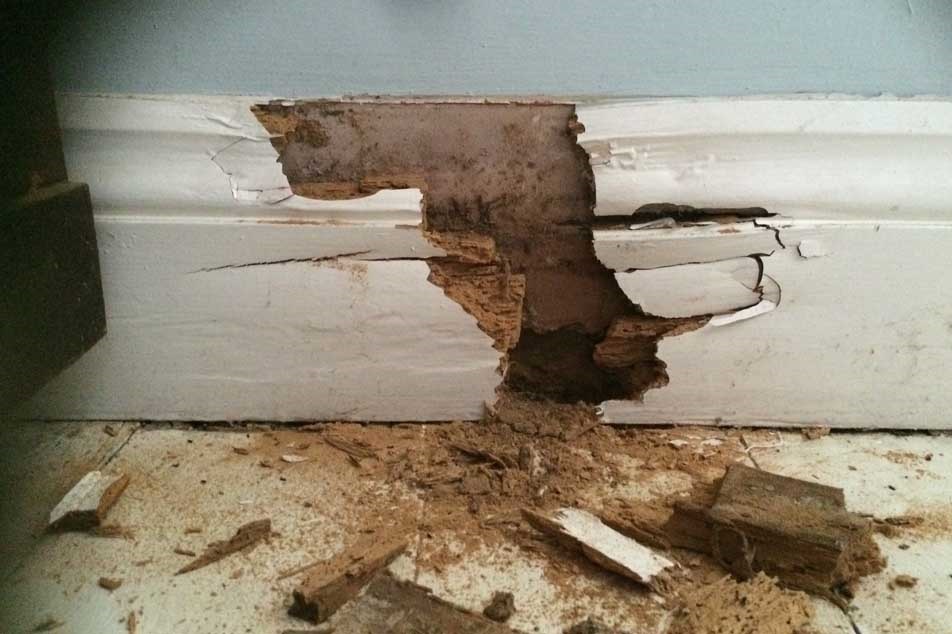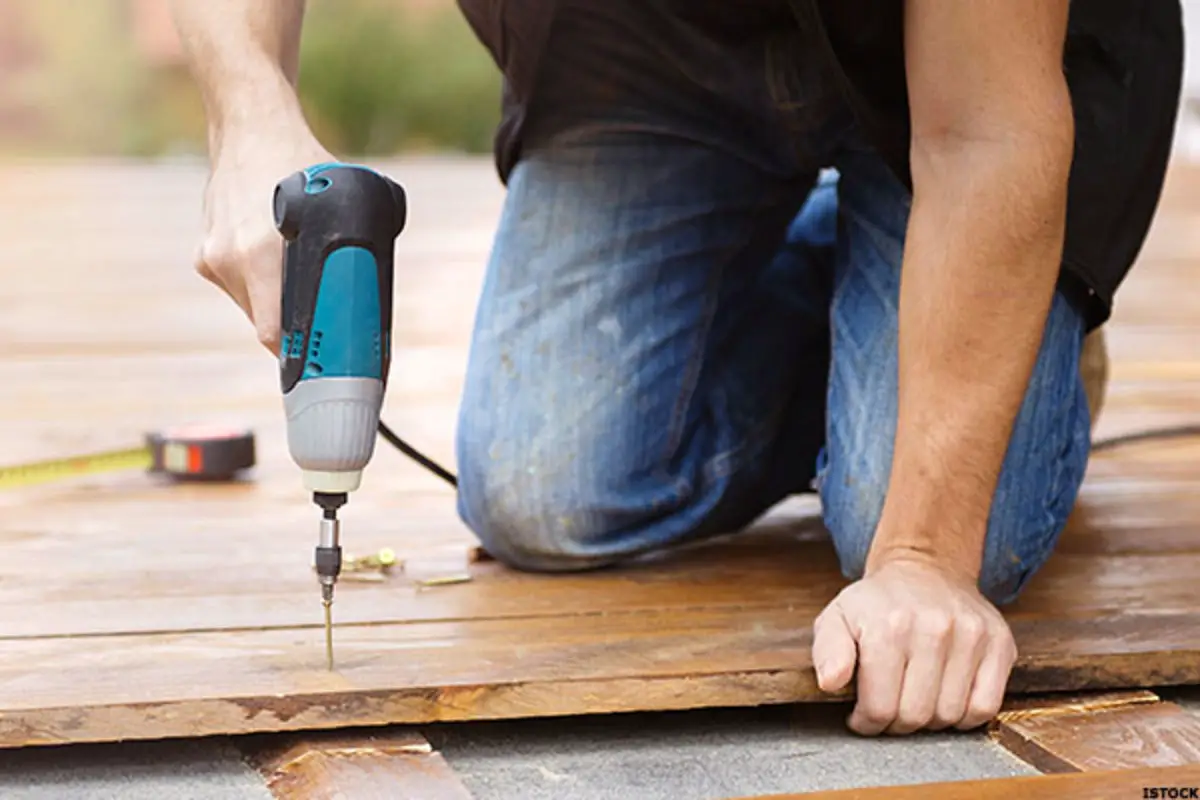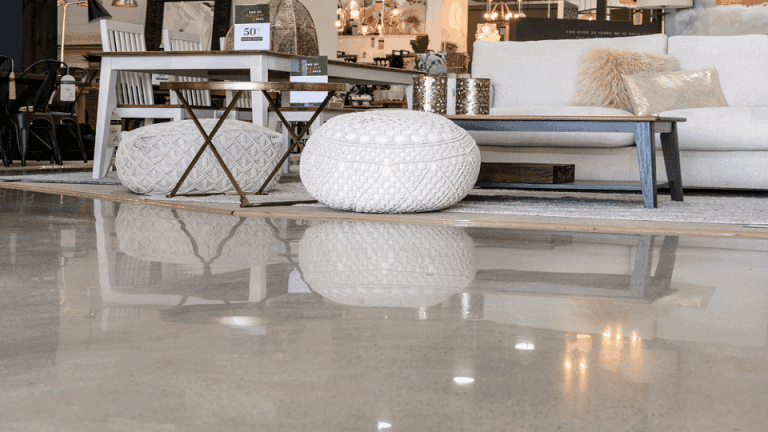Mould and rot are common issues that homeowners face, capable of causing serious damage to the structure and potentially impacting health. Here’s a guide on how to identify and deal with these issues.
Identifying Mould
Mould, a type of fungal growth, presents itself as a fuzzy or slimy substance that can take on a variety of colours. From shades of green and black to hues of orange and purple, its appearance can be quite diverse. It tends to flourish in environments that are damp and warm, providing the ideal conditions for its growth. In addition to its distinct visual characteristics, mould is often accompanied by a musty odour, further indicating its presence.
Identifying Rot
Rot is a common issue that can wreak havoc on wood, and it can be classified into two main types: dry rot and wet rot. Dry rot typically manifests as a deep, crumbling brown, with a dry, cracked appearance that gives it a distinct character. On the other hand, wet rot tends to present as softer, darker wood, often accompanied by the growth of fungi, which adds an extra layer of complexity to its appearance. Being aware of these different types of rot and their unique characteristics can help in identifying and addressing them effectively.
Causes of Mould and Rot
The primary cause of both mould and rot is moisture. This could be due to various factors such as leaking pipes, excessive condensation caused by inadequate ventilation, persistently damp conditions, or the presence of organic material that acts as a breeding ground for these issues. Additionally, temperature fluctuations can contribute to the growth and spread of mould and rot, exacerbating the problem. It is crucial to address these underlying causes to prevent and mitigate the damage caused by mould and rot.
Health Implications of Mould and Rot
Exposure to mould spores, which are microscopic particles released by mould, can lead to a range of health issues. These may include allergies, asthma, and other respiratory conditions. It is important to note that prolonged exposure to mould spores can exacerbate existing respiratory conditions and potentially trigger new ones.
Similarly, the presence of rot, which is the decay of organic matter, can compromise the structural integrity of homes. This decay can occur due to moisture buildup, improper ventilation, or other environmental factors. When left untreated, rot can weaken the framework of a house, leading to potential safety hazards such as collapsing floors or compromised support beams.
Therefore, it is crucial to address both mould and rot issues promptly to ensure a safe and healthy living environment. Regular professional inspections by your local painter gold coast, proper maintenance, and timely remediation are key to preventing these problems and maintaining the integrity of your home.
Prevention and Control of Mould and Rot
Prevention is better than cure. When it comes to mould and rot, taking proactive measures can save you a lot of trouble in the long run.
Proper ventilation for prevention
One effective way to prevent the development of mould and rot is by ensuring proper ventilation in your property. By allowing for good airflow, you create an environment that effectively regulates moisture levels, making it inhospitable for mould and rot to thrive and cause damage. Proper ventilation not only helps maintain the structural integrity of your property but also promotes a healthier indoor environment for you and your loved ones. So, make sure to prioritise ventilation as part of your property maintenance routine to safeguard against the harmful effects of mould and rot.
Regular property maintenance is crucial
In addition, it is of utmost importance to prioritise regular property maintenance. By diligently inspecting and consistently upkeeping your property, you can proactively identify and promptly address any potential issues before they have a chance to escalate and cause significant damage or inconvenience. Taking the time to attend to these matters will not only ensure the longevity and value of your property but also provide you with peace of mind knowing that you have taken the necessary steps to protect your investment.
The power of quick repairs
Don’t underestimate the power of quick repairs. Promptly fixing leaks and addressing any water-related problems, such as faulty plumbing or dampness, can go a long way in preventing the growth of mould and the onset of rot. By taking immediate action, you can safeguard your property from potential damage and ensure a healthy living environment for yourself and your loved ones.
Utilising Dehumidifiers for Moisture Control
Another effective preventative measure is the use of dehumidifiers in areas prone to high moisture levels, such as basements, bathrooms, and kitchens. By reducing humidity, these devices help create conditions that are unfavourable for the growth of mould and rot-inducing fungi. Remember to clean and maintain your dehumidifier regularly for optimal performance. Furthermore, consider using moisture-absorbing products for smaller spaces like cupboards and wardrobes to help keep your belongings dry and mould-free.
Remember, a little extra effort in prevention today can save you from the headaches of dealing with mould and rot tomorrow.
Treating Mould and Rot
If you discover any signs of mould or rot in your property, it is highly recommended to seek professional advice promptly. Expert guidance is crucial in such situations as it ensures proper assessment and appropriate action. Treatments may involve targeted removal of the affected area, application of effective antimicrobial treatments to eradicate the issue, and in some cases, comprehensive property renovation to eliminate any potential sources of recurrence. By taking swift and thorough measures, you can effectively address the problem and safeguard your property from further damage.
Conclusion
Mould and rot are common issues that can cause significant damage to properties and pose health risks. Identifying the signs of these problems is the first step towards resolving them. It’s paramount to maintain a dry and well-ventilated environment to prevent their growth. Regular inspections and swift repairs can help keep these issues at bay. However, should you encounter mould or rot, seeking professional advice is crucial to ensure appropriate treatment and prevent further damage. A proactive approach towards these issues can go a long way in maintaining the health and longevity of your property.






